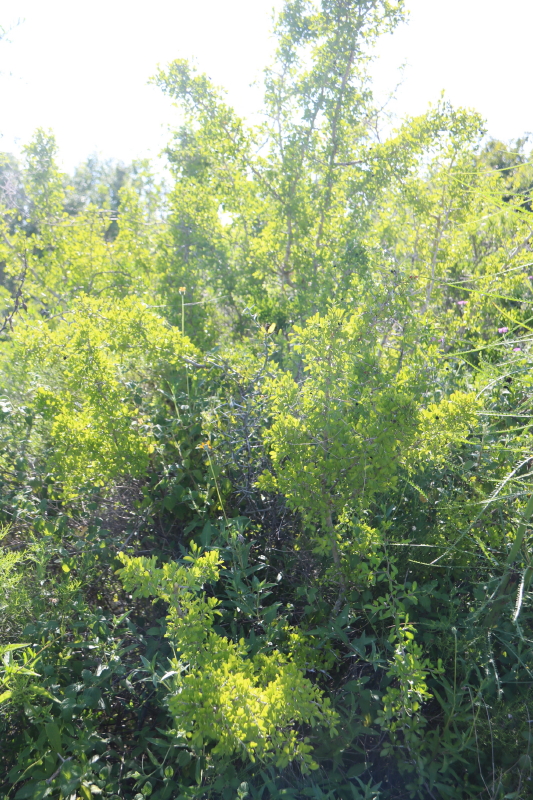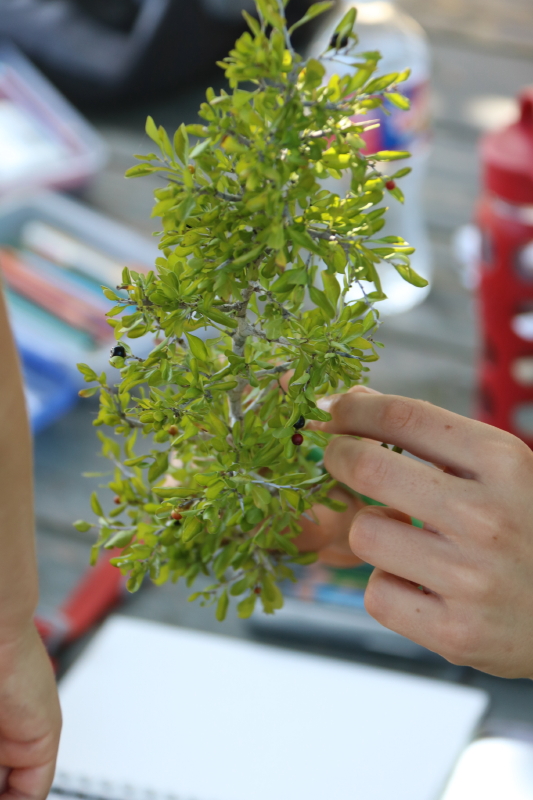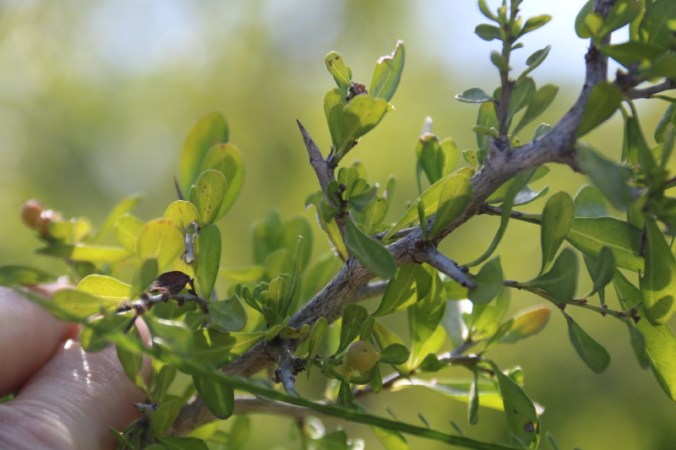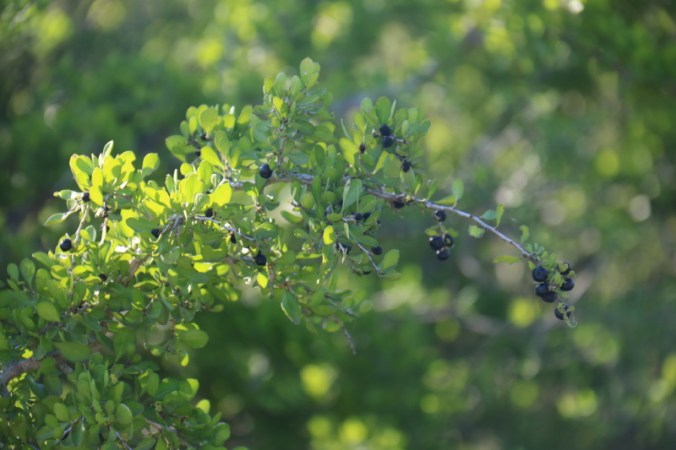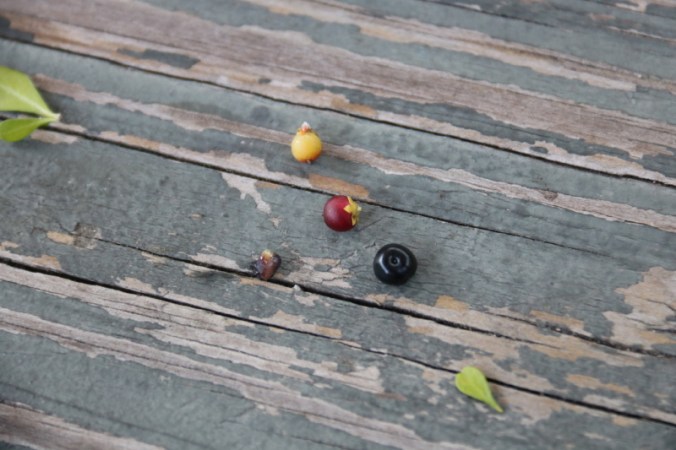There are just some things you should be able to recognize in nature.
Even if you’re not an outdoorsy, naturey person.
Like rattlesnakes. And black widows. Brown recluses. Serial killers.

Just kidding about the serial killers. Sort of. Just making sure you’re taking note of what you should really know out there. And anyway, we all know that serial killers aren’t always easily identifiable. I mean, even the people closest to Ted Bundy didn’t recognize him as a serial killer (don’t believe me? Read Ann Rule’s book The Stranger Beside Me…that’ll give you nightmares to sufficiently last a lifetime). I’m not even sure I should count crazy people as part of nature anyway. But I digress.
Ooh, hemlock. And water moccasins. Rabid dogs. Adders, if you’re in Europe. And poison ivy. You should definitely be able to recognize that.

Now that I’m thinking about it, poison ivy is a bit like Ted Bundy. Looking like a harmless little thing, but just waiting to rub its toxic oil all over you.
Sometimes you’re standing there looking at a mulberry tree thinking the berries will be good come spring and then you notice a weird leaf and suddenly you’re all, “Oh my gosh…that’s not a mulberry tree leaf…there’s something vining around this tree and is that…oh yep, that’s poison ivy. Forget those berries…they’re not worth tangling with the ivy.” Other times you’re unsuspecting of the tiny plant growing at your feet only to discover, yep, it’s poison ivy, too, and oh, great, your dog has just rolled through it. And then fall comes and the leaves change color and now you’re thrown off its trail once again. It’s a tricky one, that poison ivy (although personally, I think some of the other venomous and poisonous things are tricky, too…I’m pretty sure I once told my kids to steer clear of the hognose snake we ran across because I was sure it was a rattlesnake…they kindly reminded me that it was missing the triangle shaped head and the rattle, but still).

So…because knowing how to identify common poisonous plants can be life-saving, when I saw some poison ivy out at Pollywog Pond, I figured it warranted a visit and an object lesson.
{An object lesson, part of Charlotte Mason’s nature study philosophy, is a perfect opportunity to allow our children to become more observant. We call upon them to carefully observe and examine an object using their five senses. Object lessons should appear to be by-the-way, somewhat spontaneous discoveries where we are out and about and come across something fascinating. Considering the fact that I am not well-versed in nature study and I am learning alongside my children, I tend to keep an eye out when we’re on a nature walk for items that I can use in our next lesson and then I prepare my object lesson before we head out. I aim for one object lesson a week so my kids have time to absorb what they learned and to notice it in future nature walks. I do require them to make a drawing and write down a few notable facts in their nature journals to help cement the object in their minds. You can read more about object lessons here and here.}
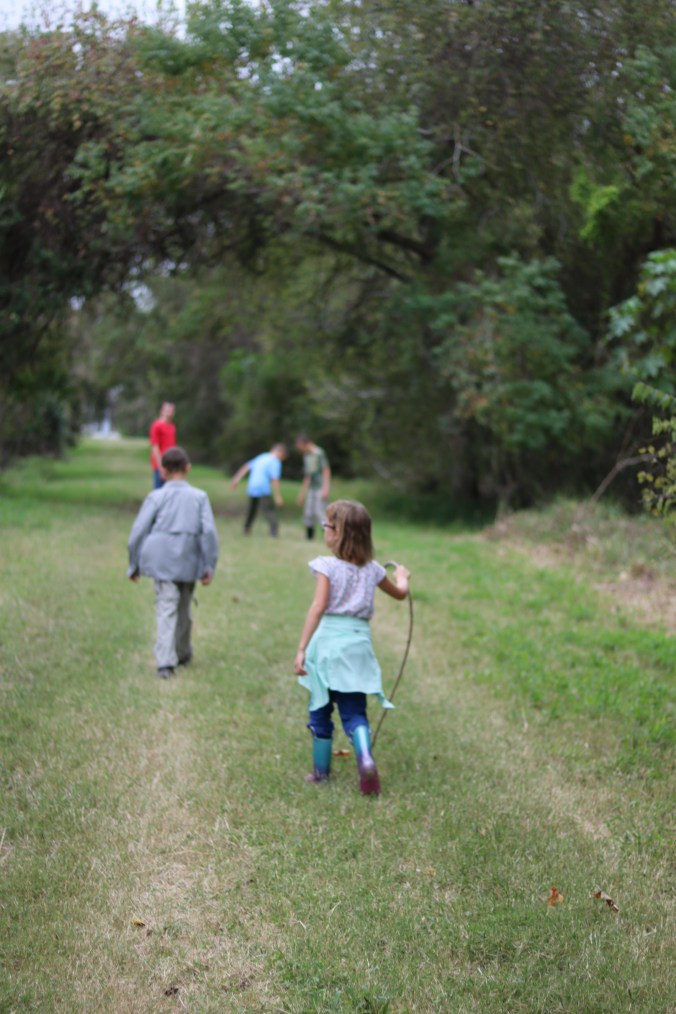
Off we went (with plenty of warnings to stay on the trail and to not touch anything unless you are 100% sure you know what it is). We dressed in long pants, long sleeve shirts, closed toed shoes…we were, after all, entering a bit of a war zone.
*I may be exaggerating just a bit. Nature should never be seen as a war zone. It is, after all, a place where we should find peace and refuge. But it has its dangers…and we are its visitors. Be smart. Be educated. Be mindful. Tread lightly. Then find the peace and beauty that is waiting.*

Our walk started out harmless enough. About midway down the path, we started noticing little patches of poison ivy off to the side. Then it just got crazier the further we walked (a bit like following the drama of Ted Bundy from Washington to Colorado to Florida…he just got crazier and more unbelievable as he went…as did the poison ivy). One minute, it was easy to spot the poison ivy. Textbook perfect. Leaves of three. Little mitten thumbprints. Glossy, obvious. The next minute, it was all a tangle, mixed in with other plants we love.

Poison Ivy, Toxicodendron radicans, is a plant that strikes fear into the heart of most people. And with good reason. Its leaves (and every other part of it) contain a substance called urushiol and, with even the slightest contact, can adhere to the skin as well as to clothing (and to animal fur, too…animals aren’t affected by the poison, but if your dog rolls around in it, covering himself in the oil, and then you come along and pet him, well, consider yourself a candidate for its miserable rash). Reactions to the oil vary…some folks have no reaction at all while others require hospitalization.
So how do you identify poison ivy? “Leaves of three, let it be” is a good place to start, but you should know more otherwise you might miss out on some other incredible three leaved plants like wild strawberries, blackberries and wood sorrel. And, for the record, it’s not actually three-leaved. It is a leaf consisting of three leaflets attached to a single leaf stem.
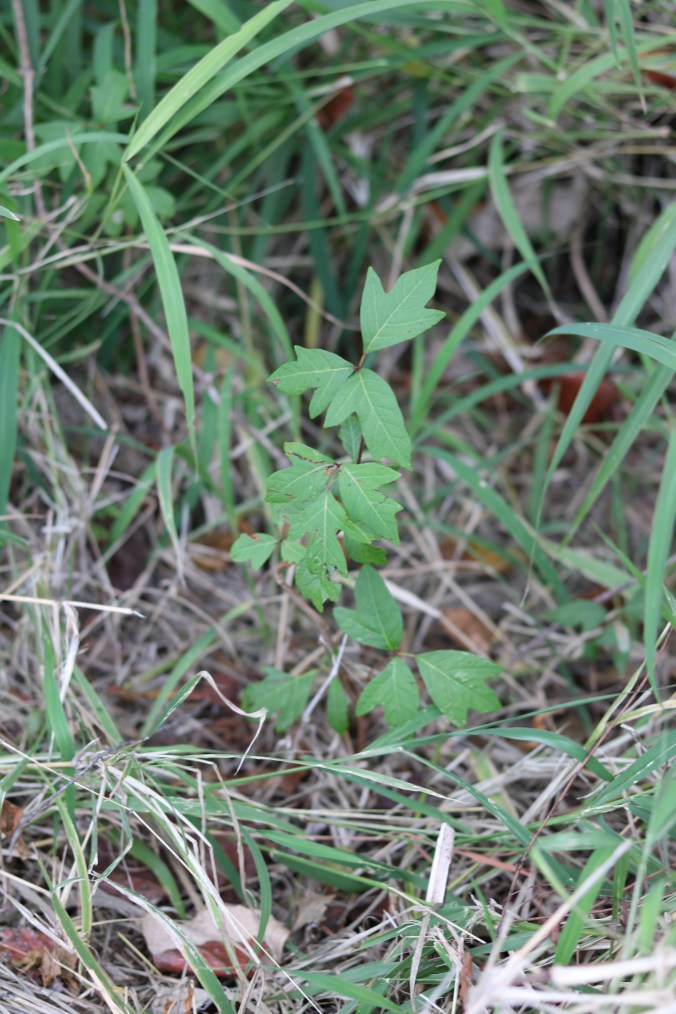
The tricky part about identifying poison ivy is knowing all of its characteristics and how it changes because it does change through the seasons and as it grows (which is eerily similar to identifying serial killers apparently…that’s my last serial killer comparison, I promise. I also promise to never watch another Netflix movie based on a serial killer or read another true crime book). Poison ivy can be a shrub or it can be a vine. Its leaves can be glossy or dull, hairless or slightly hairy, smooth edged, lobed or toothed. The leaves change to a beautiful red in the fall. When the leaves fall off in late fall or winter, the stems, branches and roots still carry the oil. The vines are covered with rough, dark brown hairs….poison ivy is an amazing climber thanks to all the rootlets that attach themselves to anything as they grow. The plant produces small, insignificant flowers in the summer, followed by berries (also toxic) which go from a green to white. The berries are loved by some birds who then scatter the seeds so new plants can pop up where you least expect them. Lovely how nature protects itself.
Down here in South Texas, we really don’t see a whole lot of poison ivy on our trails or in our yards so controlling it isn’t really our issue, only identifying and knowing it (because it is still out there). Of course, if you travel to other parts of the country (even up into other parts of Texas like the Hill Country and the Piney Woods), you may find it much more prevalent, sometimes even growing along with the grass. When we visited California this past fall, we saw literal carpets of Poison Oak growing…vining and trailing right along the ground, covering everything, as if it were grass. While I realize Poison Oak is a completely different plant, poison ivy can do the same thing. Proceed with caution.
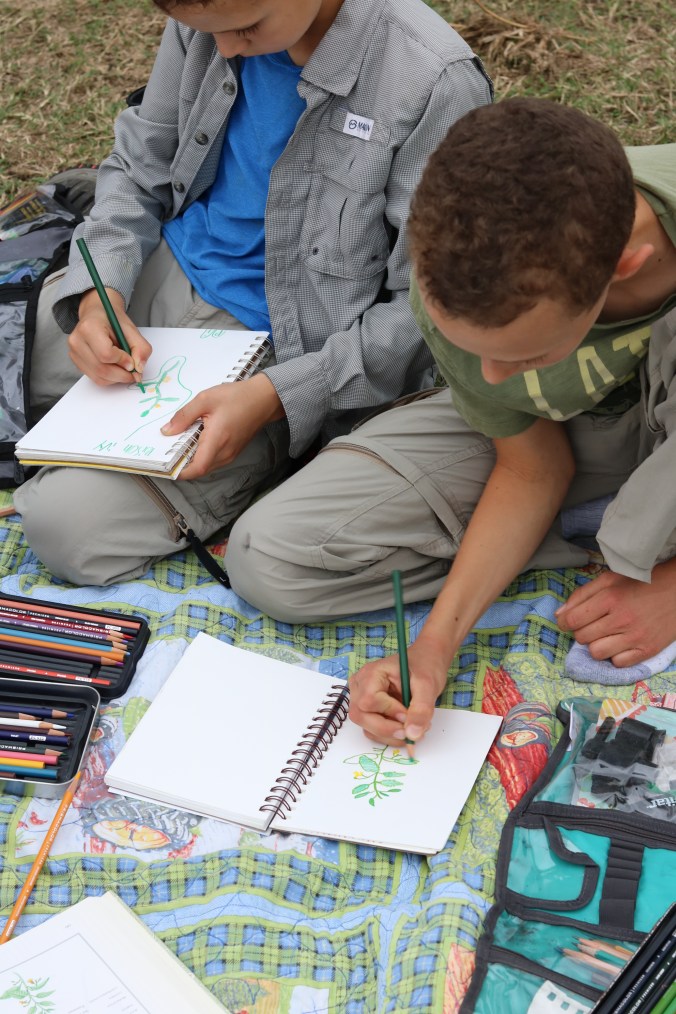
{Being intentional is so much easier done when we slow down and really look around us. Personally, we spend a lot of time in nature, partly because we follow a Charlotte Mason education, but mostly because it keeps us intentional in our thoughts and actions. I invite you, in these Nature Study posts, to join us in our intentional journey…to train your eye to be observant, to relish the intricacies of the amazing world we live in and to spend more time with the people you love stopping to smell the roses, so to speak. If you are in the South Texas area (Corpus Christi and the surrounding cities), then you’ll find these nature lessons tailored perfectly to you and your family…see if you can find what we’re finding! If you live somewhere beyond our beautiful little corner of the world then use these lessons as a springboard…see what we’re observing, allow yourself to be inspired and then just get out there and be intentional, observant, and grateful for all the little surprises right outside your back door.}

















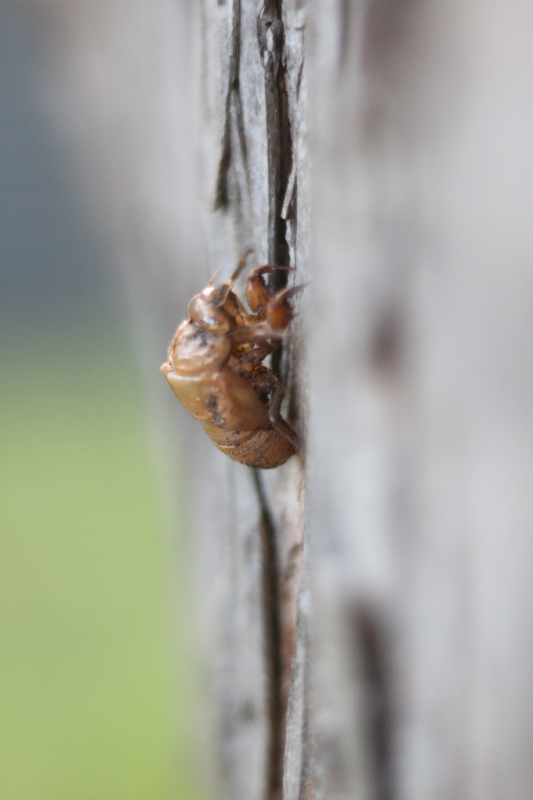



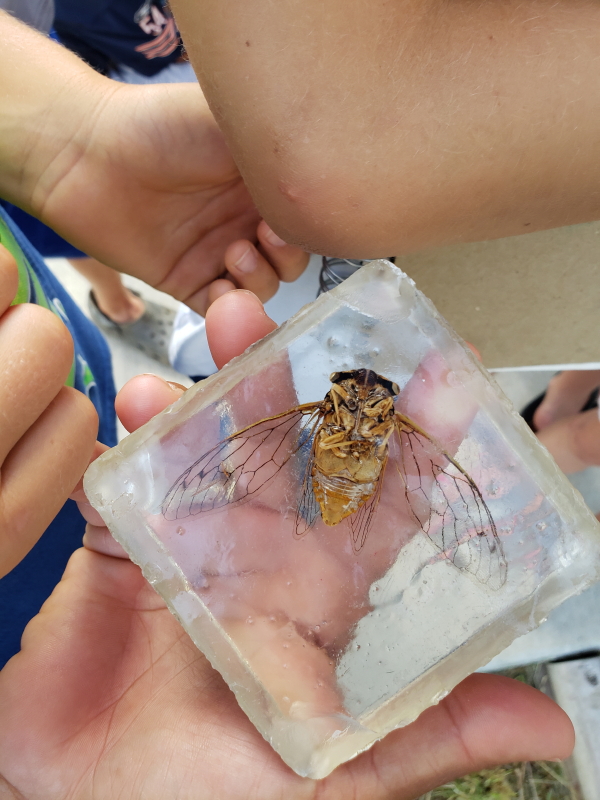





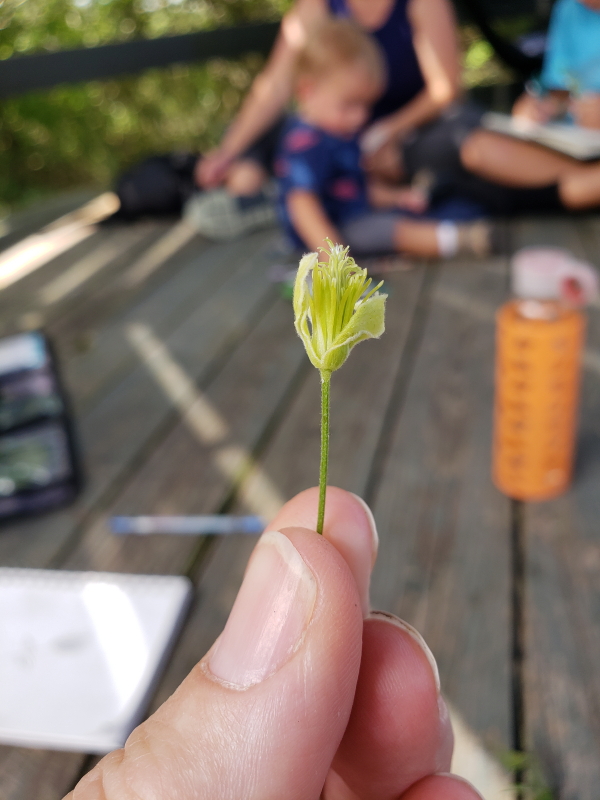

















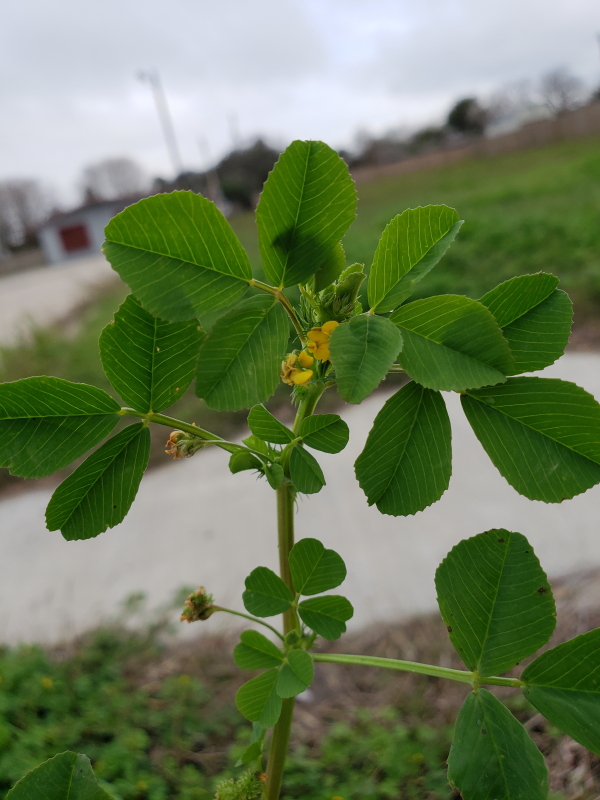
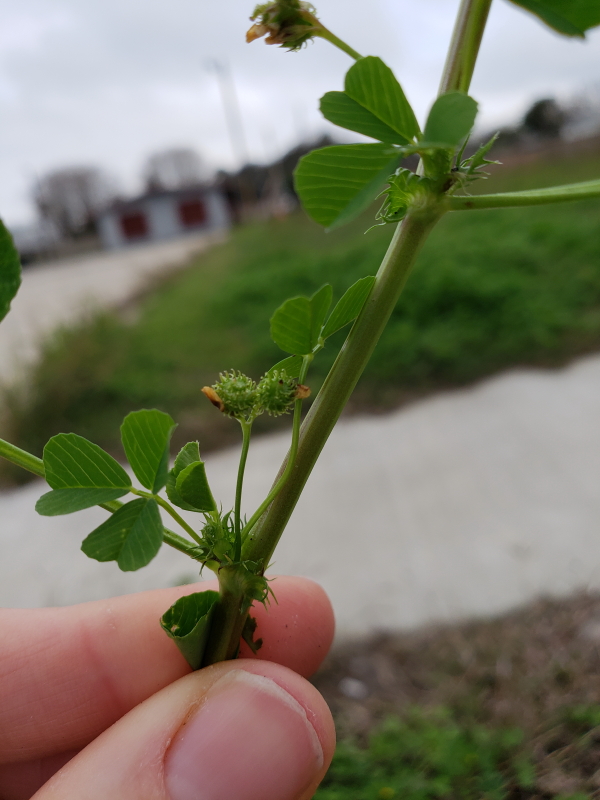








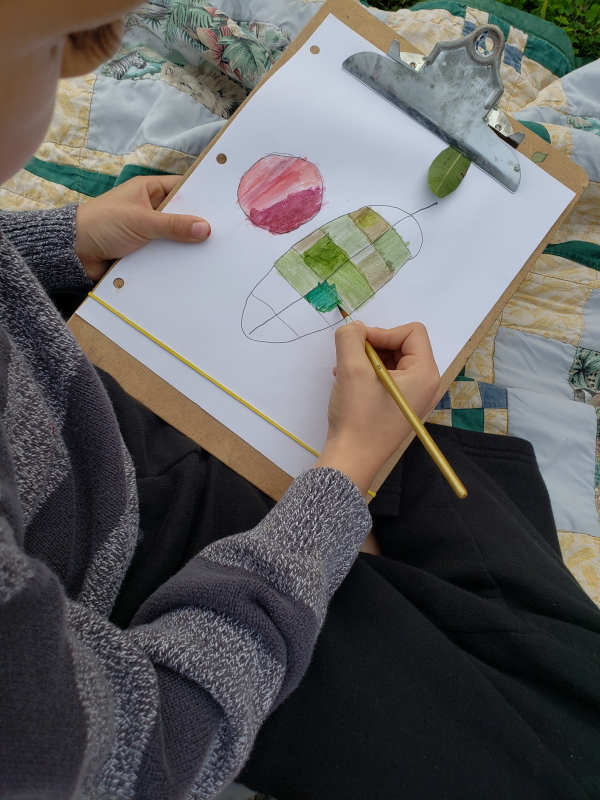
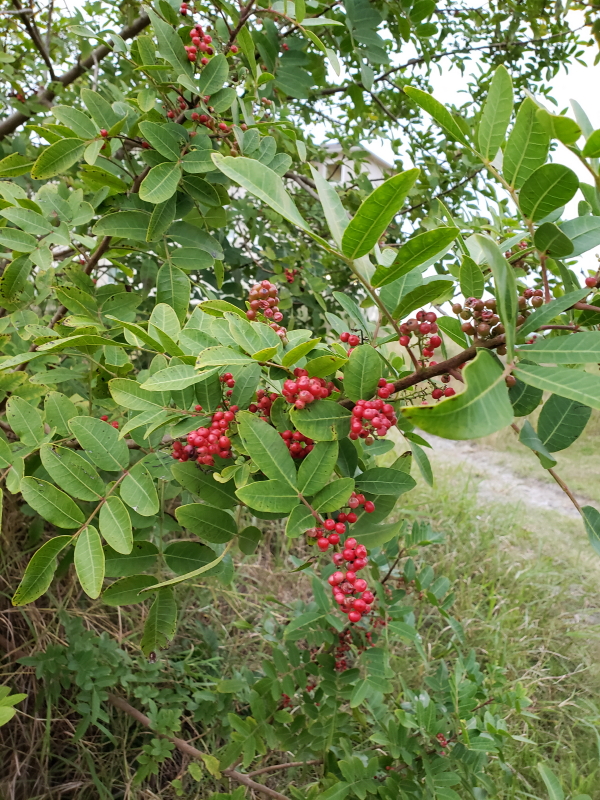










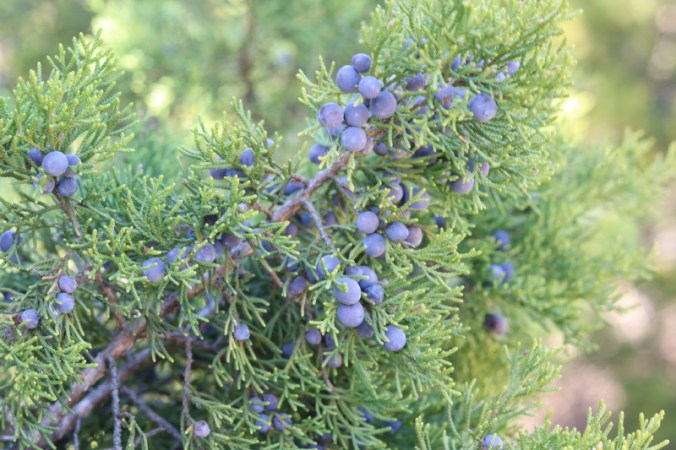

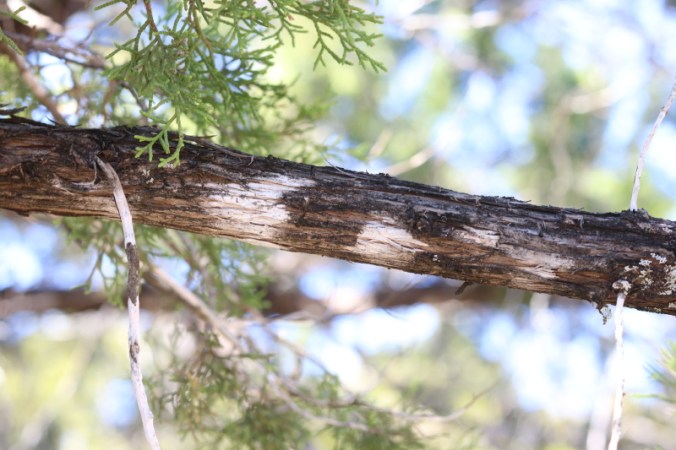




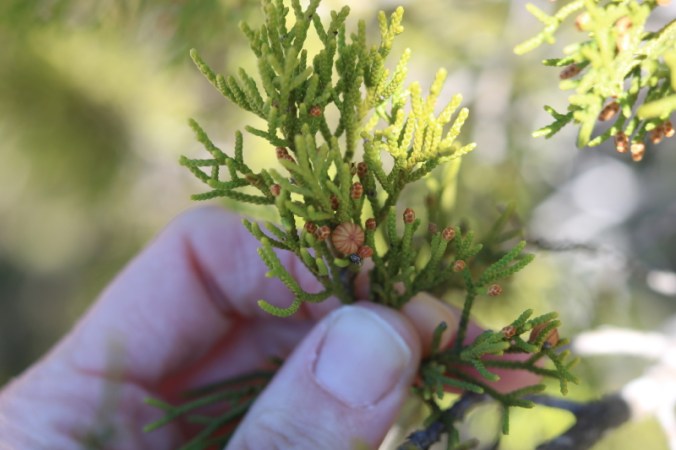



 A few weeks ago, Jessica and I had taken the kids to the trails out at Hilltop for a nature walk (no journals or object lessons, just a stroll through field and trees to see what was in bloom) and, as always, we found ourselves stumped by plant after plant (this whole botany thing is a long journey!). Jessica and I tend to spend a whole lot of time saying, “Ooh, I wonder what this is!”
A few weeks ago, Jessica and I had taken the kids to the trails out at Hilltop for a nature walk (no journals or object lessons, just a stroll through field and trees to see what was in bloom) and, as always, we found ourselves stumped by plant after plant (this whole botany thing is a long journey!). Jessica and I tend to spend a whole lot of time saying, “Ooh, I wonder what this is!”